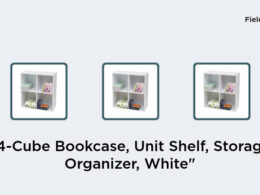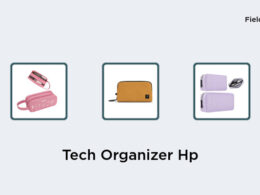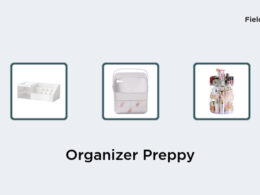The Benefits of a Separate Home Office
Working from home can be a blessing and a curse. While it allows for flexibility in terms of schedules and work-life balance, it can also present challenges when it comes to productivity and focus. One solution to this is creating a separate room for your home office. While it may seem like an added expense, the benefits of a separate home office are plenty. Firstly, having a dedicated office space in your home minimizes distractions and noise that could disrupt your work. This includes household chores, conversations with family members, or even the sound of the TV in the living room. With a separate room, you can create an environment that is conducive to work and free of distractions. Secondly, a dedicated office space creates a clear boundary between work and home. When your work is conducted at the same space where you relax and spend time with your family, it can be difficult to mentally disconnect and switch off from work. Having a separate room for your home office creates a psychological separation that allows you to transition more easily from work to home life and vice versa.Minimizing Distractions with a Dedicated Office Space
The ability to focus is important regardless of the work that you do. Whether you’re a writer, an artist, or a financial analyst, concentration is key to producing high-quality work. One of the biggest benefits of creating a separate room for your home office is reducing distractions and interruptions. When your home office is in a separate location, it becomes easier to establish boundaries with family members, neighbors, and delivery personnel. You can create set working hours and policies that ensure quiet and minimize interruptions. Creating a dedicated home office space also allows you to invest in high-quality furniture and equipment that promotes ergonomic health and comfort. This, in turn, can result in higher productivity and output.- Invest in a good quality chair that supports your back and posture
- Use an adjustable desk that can be raised or lowered based on your preference and needs
- Create a filing system that keeps your documents organized and easy to access






















